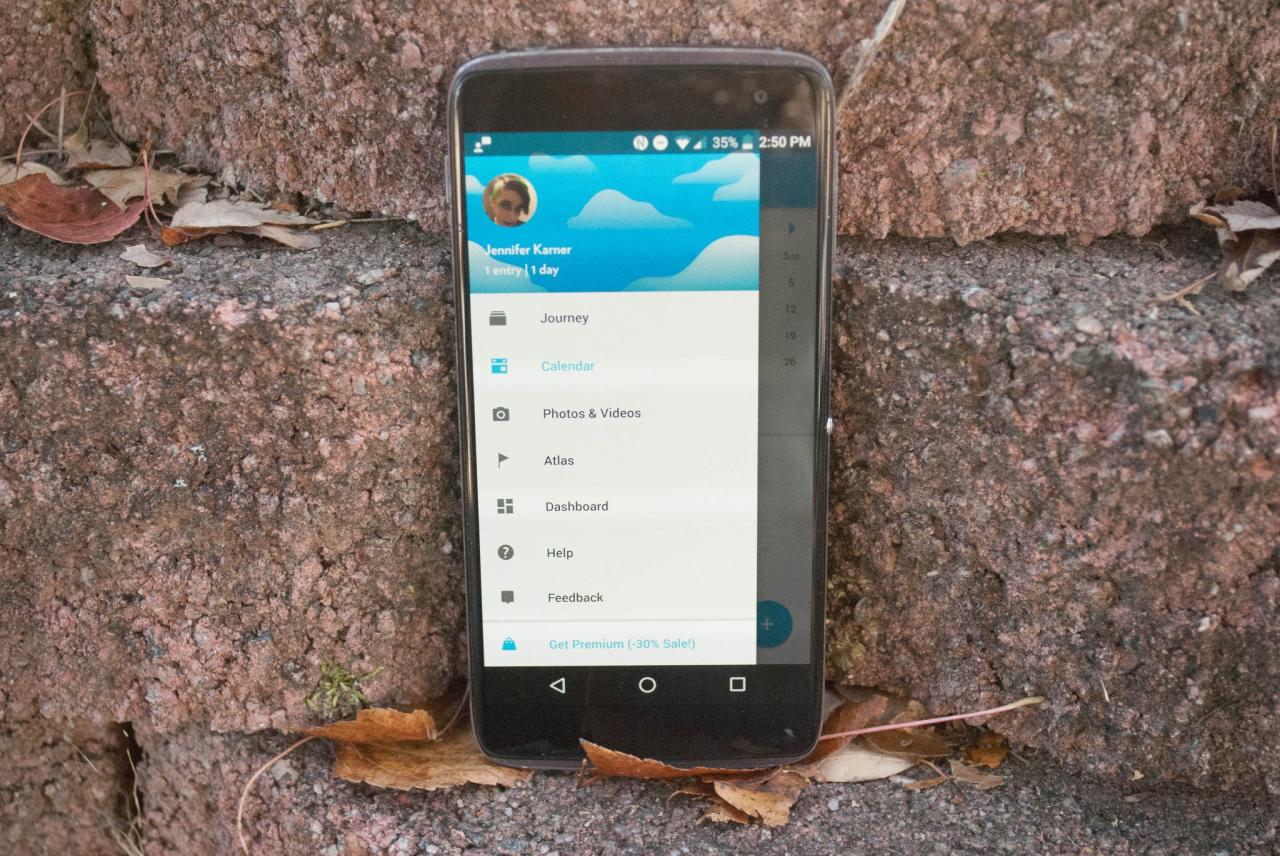Journal App Android: In today’s fast-paced world, the need for self-reflection and emotional processing is more critical than ever. Many find solace and clarity through journaling, and the convenience of readily available technology has made this practice even more accessible.
This exploration delves into the landscape of Android journaling applications, examining their features, market trends, user experiences, and future potential. We will explore how these apps are designed to support personal growth and mental well-being, offering a space for self-discovery and emotional regulation.
The journey into understanding these apps will provide insights into their impact on personal development and emotional health.
This comprehensive guide will analyze the current market, highlighting key players and their approaches to monetization. We will compare leading apps based on their features, user reviews, and overall user experience. Further, we’ll delve into the technical aspects of development, exploring data security, synchronization methods, and potential challenges.
Finally, we will look ahead, considering future trends and the potential integration of emerging technologies like AI to enhance the journaling experience.
App Design Best Practices

Crafting a truly exceptional journal app requires more than just functionality; it demands a harmonious blend of aesthetics, intuitive navigation, and thoughtful consideration for all users. The design should whisper encouragement, a silent partner in your journey of self-reflection and creative expression.
It’s about creating a digital sanctuary where thoughts and feelings can flourish.
Effective Visual Design Elements, Journal app android
Successful journal apps often employ a minimalist aesthetic, prioritizing readability and a calming atmosphere. Imagine a clean, uncluttered interface, perhaps with a soft, muted color palette – think gentle blues, calming greens, or warm creams. Typography plays a crucial role; a legible, easily readable font is paramount.
Consider apps like Day One or Journey, which use subtle visual cues and elegant typography to create a sophisticated yet unassuming user experience. These apps often feature subtle animations, such as smooth page transitions or gentle fading effects, enhancing the overall feeling of fluidity and elegance.
The use of high-quality imagery, if included, should be carefully chosen to complement the overall mood and not distract from the core journaling experience. For example, a calming nature scene might be used as a background, subtly present but not overpowering.
Guidelines for Intuitive Interface Design
An intuitive interface is the cornerstone of a user-friendly journal app. This involves careful consideration of information architecture, navigation, and interaction design. Clear visual hierarchy is crucial; the most important information should be easily accessible and visually prominent.
Navigation should be straightforward and intuitive, allowing users to quickly access their entries, search their journals, and manage settings. Consistent use of visual language and design patterns helps to create a familiar and predictable user experience. The app should respond quickly and smoothly to user interactions, minimizing frustration and maximizing engagement.
Consider the use of clear and concise labels, easily understandable icons, and a consistent layout throughout the app. For example, a clear and prominent button for creating a new entry should always be readily visible.
Importance of Accessibility Features
Accessibility is not merely an afterthought; it’s a fundamental principle of inclusive design. A truly exceptional journal app caters to users with diverse needs and abilities. This includes features like adjustable text size, color contrast options, screen reader compatibility, and support for alternative input methods.
Providing these features ensures that everyone can benefit from the app, regardless of their visual, auditory, or motor abilities. For example, offering a high-contrast mode can significantly improve readability for users with low vision. Similarly, screen reader compatibility allows users who are blind or visually impaired to access and use the app independently.
Incorporating Different Input Methods
Modern journal apps often go beyond simple text entry, offering a richer and more expressive journaling experience. Voice recording is a powerful tool, allowing users to quickly capture thoughts and ideas without the need for typing. This is particularly useful for users who find typing difficult or prefer a more spontaneous form of journaling.
Handwriting recognition can also be incorporated, allowing users to write directly on their device’s screen, maintaining a more traditional journaling feel. The integration of these diverse input methods empowers users to choose the method that best suits their needs and preferences, fostering a more personalized and engaging journaling experience.
For instance, a user might choose to voice record a quick reflection after a meeting, while later using handwriting to meticulously detail a dream.
Ending Remarks: Journal App Android
Ultimately, the world of Android journaling apps offers a diverse range of tools to support personal reflection and emotional well-being. From simple note-taking to sophisticated features incorporating AI and personalized insights, these apps cater to a broad spectrum of user needs and preferences.
By understanding the market landscape, user feedback, and technical considerations, developers can create increasingly effective and user-friendly applications that empower individuals on their journey of self-discovery and personal growth. The future of journaling, facilitated by technology, promises innovative and impactful solutions for emotional health and personal development.
